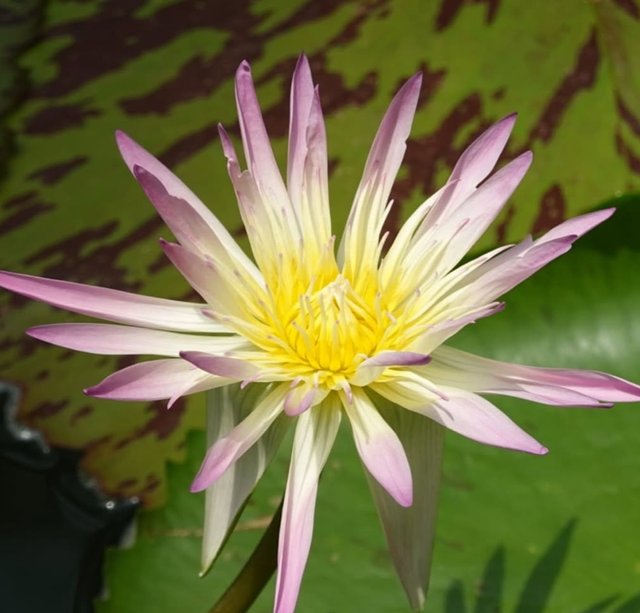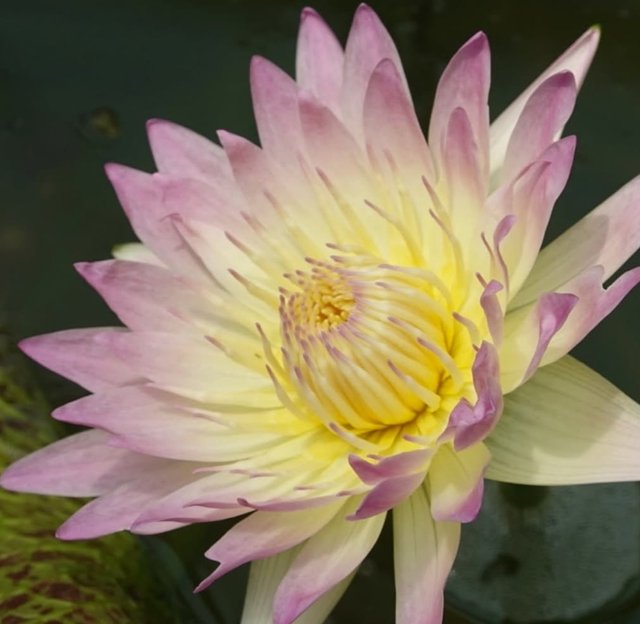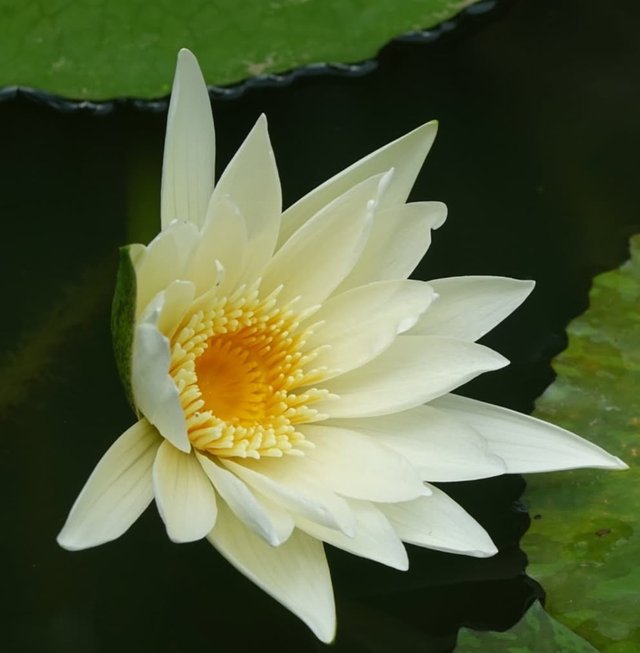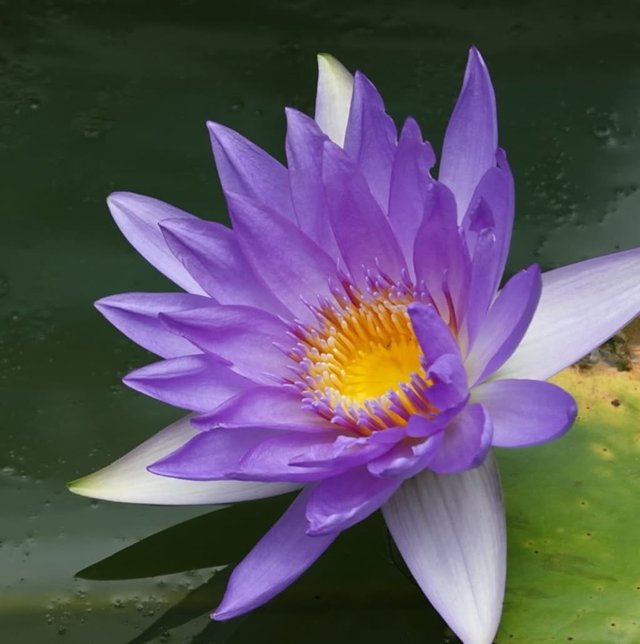So Beautiful Nymphaea Capensis Flower
Nymphaea capensis: The Blue Beauty of Aquatic Gardens
Nymphaea capensis, commonly known as the Cape Blue Water Lily or simply the Blue Egyptian Water Lily, is one of the most mesmerizing aquatic plants in the world. With its striking violet-blue to purplish-lavender petals, elegant floating leaves, and rich historical significance, this species is not just a botanical marvel but also a symbol of serenity, spirituality, and ornamental charm.
Botanical Overview
Scientific Name: Nymphaea capensis
Common Names: Cape Blue Water Lily, Blue Egyptian Water Lily
Family: Nymphaeaceae
Native Range: Southern and Eastern Africa, especially South Africa’s Cape region, but also found naturally in countries like Sudan, Ethiopia, Kenya, and Madagascar.
Habitat: Still or slow-moving freshwater bodies such as ponds, lakes, and quiet streams.
Nymphaea capensis thrives in tropical and subtropical climates and prefers full sun for optimal blooming. The plant grows from a rhizome embedded in the mud at the bottom of a water body, sending up long petioles that bear round, waxy, floating leaves and spectacular flowers.
Flower Description
The flowers of Nymphaea capensis are one of its most distinguishing features. They are large, showy, and often held above the surface of the water. The blooms open in the morning and close by late afternoon, repeating this cycle for several days before the flower withers and is replaced by new ones.
Color: Most commonly a vivid blue to violet, but sometimes leaning towards lavender or pale purple.
Petals: Numerous, narrow, and lance-shaped, radiating outward in a star-like formation.
Fragrance: Mildly sweet, attracting pollinators like bees and beetles.
Size: Flowers typically measure between 10–15 cm in diameter.




%20(10).jpeg)